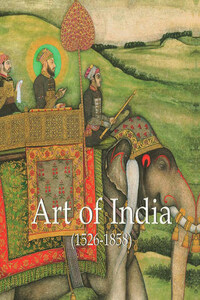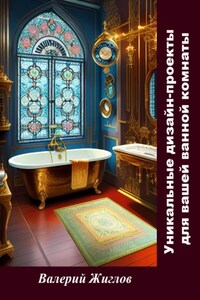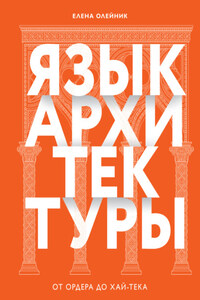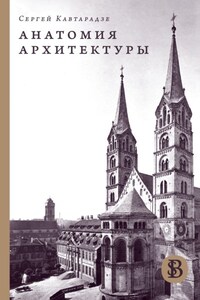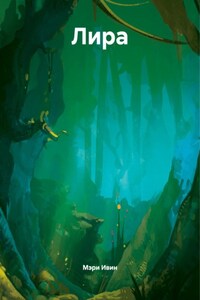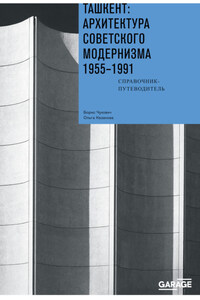1526: Zahiruddin Babur sets out upon the conquest of India. Later he becomes the first Mughal emperor. He dies in 1532.
1546: Nasiruddin Humayun, his son, is deprived of his empire by the Afghan, Sher Shah, and until his final victory in 1555 exists as a landless refugee.
1550: Two artists join Humayun’s court at Kabul: Mir Sayyid Ali and Khwaja Abd as-Samad. The history of Mughal painting begins with the name of Mir Sayyid Ali, who is commissioned to supervise the illustration of Dastan-e-Amir Hamza (The romance of Amir Hamzah) in twelve volumes of a hundred folios each.
1556: Jalaluddin Akbar ascends the throne of the Mughal Empire. He accords the title of nobility to Ustad Mansur, a Mughal painter and court artist. Another artist, Govardhan, is one of the illustrators of the Baburnama (Book of Babur). Akbar dies in 1605. The painter Basawan illustrates the Akbarnama, Akbar’s official biography, which is an innovation in Indian art.
1569: The construction of the city Fatehpur Sikri heralds a new era of Indian rule. Architects, masons, and sculptors are involved. Painters decorate the walls of the public halls and private apartments.
1570: Completion of Humayun’s mausoleum in Delhi.
Lord Pathan on horseback, armed with a spear, c. 1720.
Opaque watercolour and gold, red border with golden garland, margin of multi-coloured leaves, probably Nepenthes, 27.3 × 19.5 cm; folio, 40.3 × 27.3 cm.
Bibliothèque nationale de France, Paris.
1570: Begin of the Indo-Persian or Mughal School of drawing and painting.
1573: Illustration of a manuscript of Hamzanama, originally consisting of 1400 miniatures.
1590: A hundred artists are reckoned to be masters of their craft.
1605: Nuruddin Jahangir, Akbar’s son, becomes the new Mughal Emperor. He reigns until 1627. During his reign Ustad Mansur creates a series of eight exquisite little miniatures for the Waqiat-i-Baburi.
1628: Coronation of Shah Jahan, the third son of Jahangir. He dies in 1657.
1628: Completion of the I’timad-ud-Daulah Mausoleum.
1648: Completion of the main mausoleum of the Taj Mahal in Agra.
1648: Completion of the Red Fort in Delhi for Shah Jahan.
1659: Coronation of Aurangzeb Alamgir, he dies in 1707.
1674: Completion of the Badshahi Mosk.
1820–1830: End of the Mughal School.
1857–1858: End of the Mughal Empire in consequence of the foundation of the colony British-India.
In discussing Indian studies I am forced to acknowledge considerable diffidence arising from a survey of the huge bulk of material to be dealt with. In the face of this complexity I find myself inclined to rely on evidence that is subjective and therefore more or less unscientific, in which personal experience and interpretation is increasingly stressed. In speaking of India, a country that in its wide extent offers more beauty to the eyes than many others in the world, a descriptive vein may well be excused.
Humayun Mausoleum
Red sandstone, 1570
Delhi
India is multiple; neither geographically, ethnologically, nor culturally can it be considered a unity. This being so, I am led to suspect that the India of many writers is more imagination than fact, existing rather in pictorial expression than in reality.
The appeal of the pictorial, rising from a craving for colour and movement, is general among the generations of the present, continually chaffing against narrowed horizons and an experience bounded by economical necessity.
Diwan-i-Khas (Hall of Private Audience)
c. 1571, Akbar period
Red sandstone
Fatehpur Sikri, Uttar Pradesh
There is magic to be found anywhere between Cancer and Capricorn. There the demands of necessity would seem to be more easily fulfilled and life to run more rhythmically, in the train of the tropic alternation of the seasons. There, bread is to be gathered direct from the rich lap of the earth. There, colour fills the day with its wealth, leaping to the eye, like the sudden glow of fruit and flower caught by the sunlight, or of kaleidoscopic crowds in narrow streets. To enter a tropic town is to enter, as in a dream, the life of a dead century.
Arches in the Great Mosque Jama Masjid
1571, Akbar period
Red sandstone with white marble and green and blue enamel inlay
Fatehpur Sikri, Agra, Uttar Pradesh
The movement is not without parallels, and the pictorial and interpretational play a great part in its exposition; there is, indeed, something of the Pre-Raphaelite about it. The materialism of today is to be checked by Indian spirituality. Arts and crafts are to flourish everywhere, centred upon the social organization of the village. India is to arise from the ashes of India. It might be claimed, therefore, that there could be no better time than the present for the publication of a survey of Indian Fine Arts, that the credit and loss of the exchange between the occidental and the oriental may be appraised.
